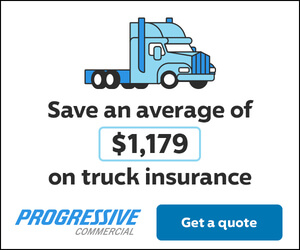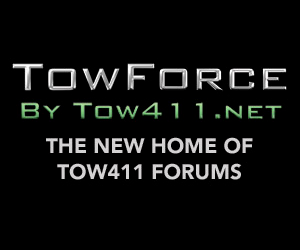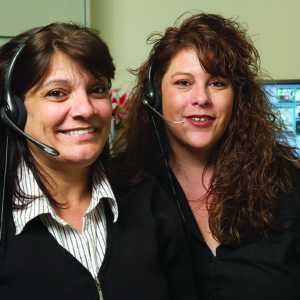 Holly’s Towing Dispatch answers and dispatches solely for the towing and recovery industry, and is available to you 24/7, 365 days a year. Your company chooses when Holly’s Towing Dispatch works best for your company. Do you need help on nights and weekends? 24/7? We accommodate your needs no matter what time of day. With 20 plus years’ experience, Holly’s Towing Dispatch takes and dispatches all calls directly to drivers, an on-call manager, or in-house dispatcher. Whatever works best for you, we can accommodate. Our goal and purpose are to get your drivers on-scene quickly by providing fast and accurate service. Give us a call today at 800-730-3909 to find out how Holly’s Towing Dispatch can help YOU.
Holly’s Towing Dispatch answers and dispatches solely for the towing and recovery industry, and is available to you 24/7, 365 days a year. Your company chooses when Holly’s Towing Dispatch works best for your company. Do you need help on nights and weekends? 24/7? We accommodate your needs no matter what time of day. With 20 plus years’ experience, Holly’s Towing Dispatch takes and dispatches all calls directly to drivers, an on-call manager, or in-house dispatcher. Whatever works best for you, we can accommodate. Our goal and purpose are to get your drivers on-scene quickly by providing fast and accurate service. Give us a call today at 800-730-3909 to find out how Holly’s Towing Dispatch can help YOU.
For more information, visit us at www.hollystowingdispatch.com.

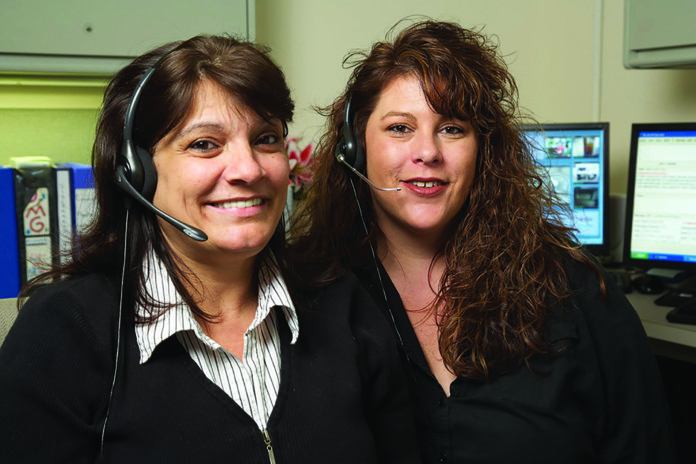
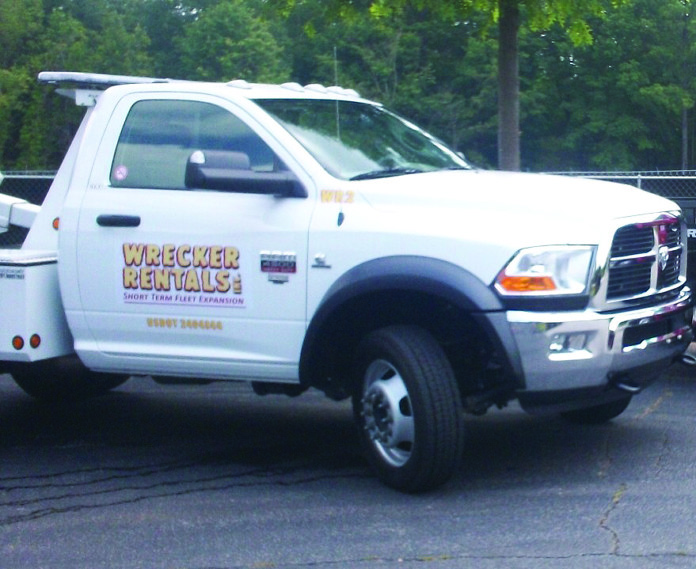
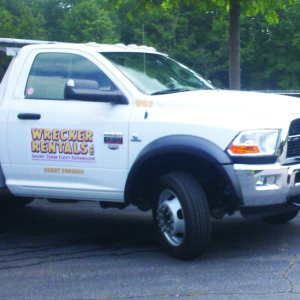 W
W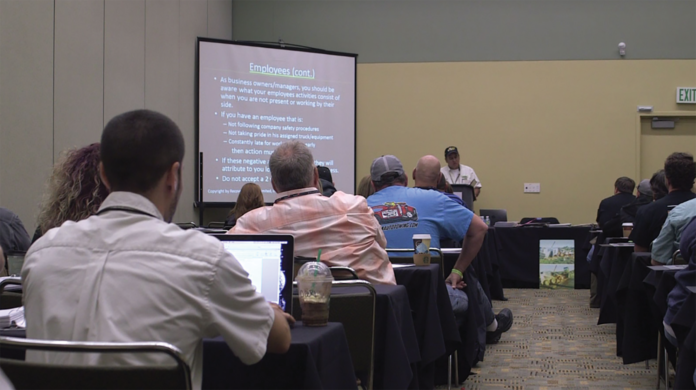
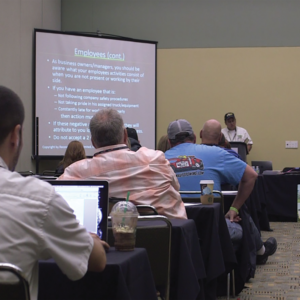 T
T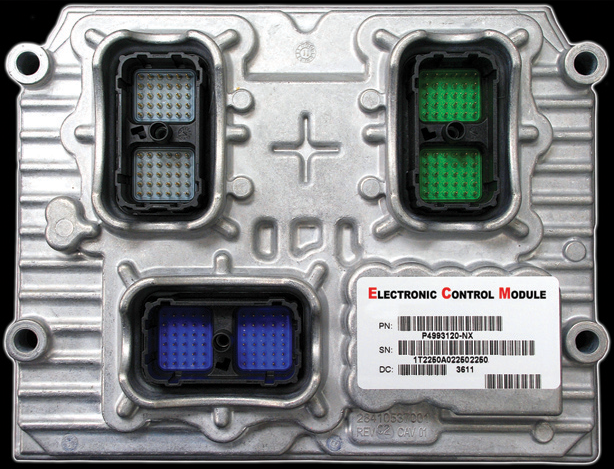
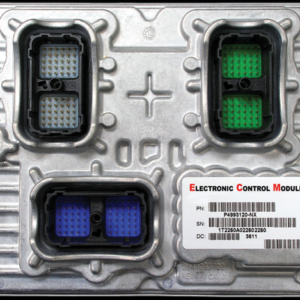 In real world work applications, repeated short drive times at less than highway speeds are very common. Also, trucks are increasingly used as machines requiring long idle and extended use in PTO (Power Take Off) Mode. Both scenarios prevent a truck from properly going into its regen cycle which is supposed to clean the DPF filter.
In real world work applications, repeated short drive times at less than highway speeds are very common. Also, trucks are increasingly used as machines requiring long idle and extended use in PTO (Power Take Off) Mode. Both scenarios prevent a truck from properly going into its regen cycle which is supposed to clean the DPF filter.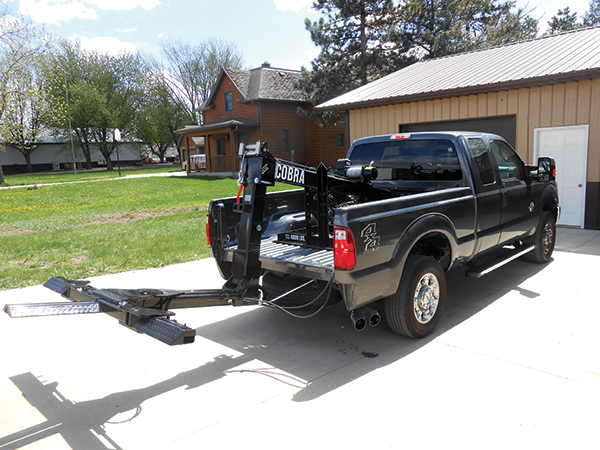
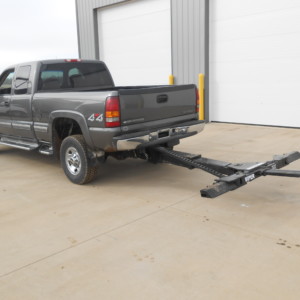 Need a quick and easy unit to tow most consumer vehicles? Viper costs less, is quicker than most competitive self-loaders, is easy to mount, and can be working for you in no time.
Need a quick and easy unit to tow most consumer vehicles? Viper costs less, is quicker than most competitive self-loaders, is easy to mount, and can be working for you in no time. 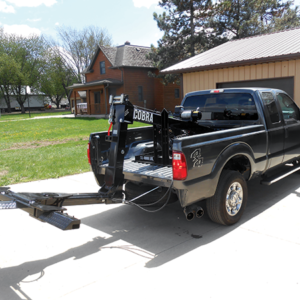 Looking for a tow unit with a little more power?
Looking for a tow unit with a little more power?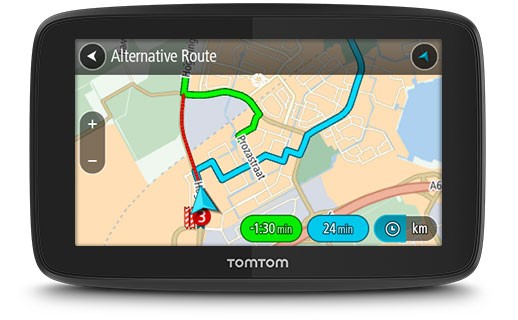
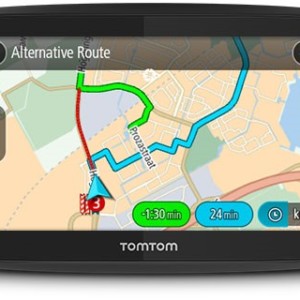 Dispatching is essential to your business. It is also frequently quoted as one of the biggest headaches in towing. But today, WEBFLEET can help streamline the repetitive business process and reduce the potential for mistakes that can plague even the most organized tow managers.
Dispatching is essential to your business. It is also frequently quoted as one of the biggest headaches in towing. But today, WEBFLEET can help streamline the repetitive business process and reduce the potential for mistakes that can plague even the most organized tow managers.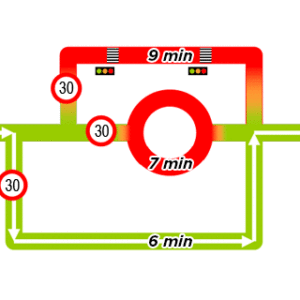
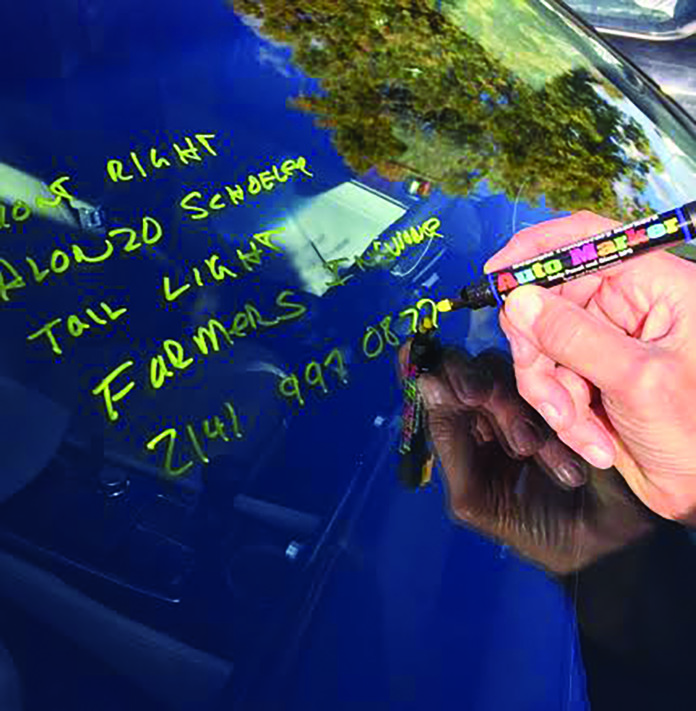
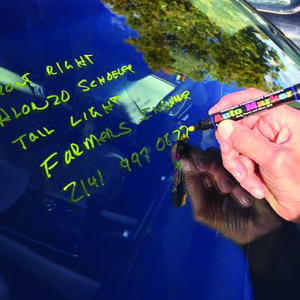 Marking Pen Depot offers the industry’s largest selection of markers from the biggest names in the industry: Markal, Dykem, Sakura, Artline, Sanford, and Arro. We offer paint pens that leave permanent, removable, weather resistant, high temperature, low chloride and semi permanent marks. Bulk priced markers are available for large users at less than $1.00 each. Replaceable nibs are available for most markers.
Marking Pen Depot offers the industry’s largest selection of markers from the biggest names in the industry: Markal, Dykem, Sakura, Artline, Sanford, and Arro. We offer paint pens that leave permanent, removable, weather resistant, high temperature, low chloride and semi permanent marks. Bulk priced markers are available for large users at less than $1.00 each. Replaceable nibs are available for most markers.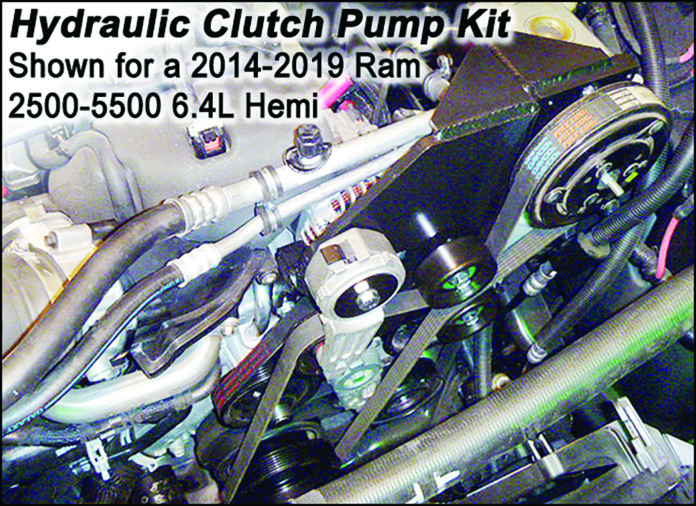
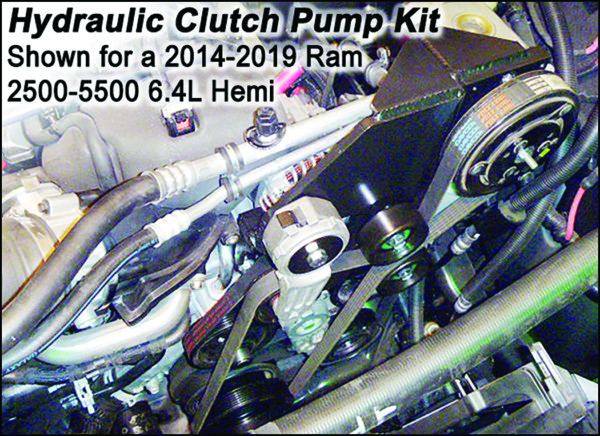 C
C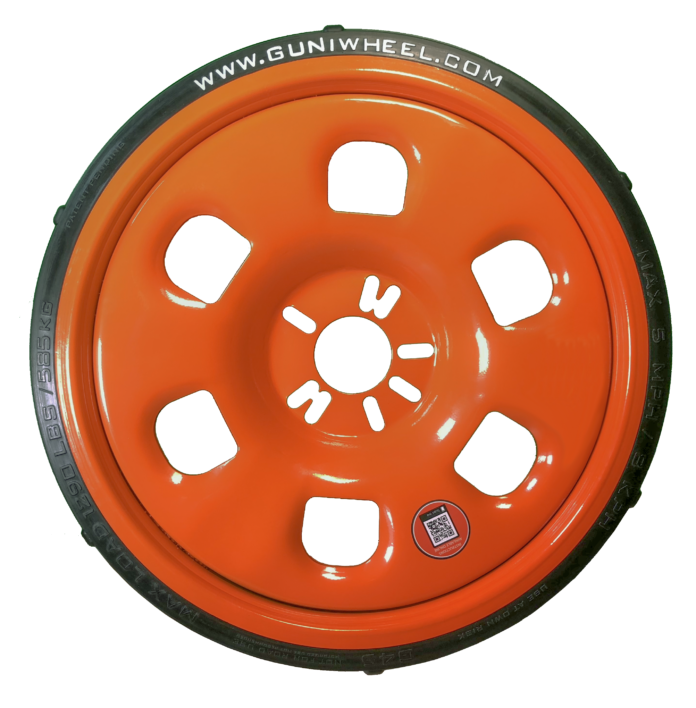
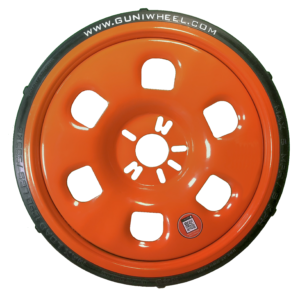 W
W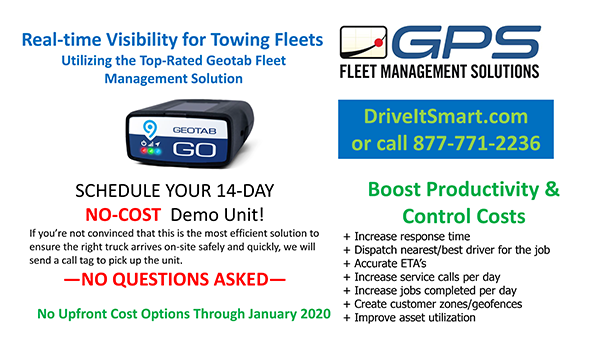
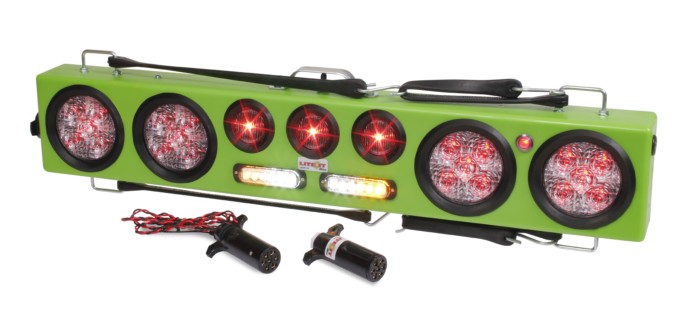
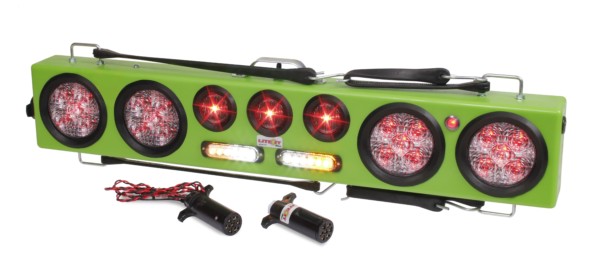 O
O
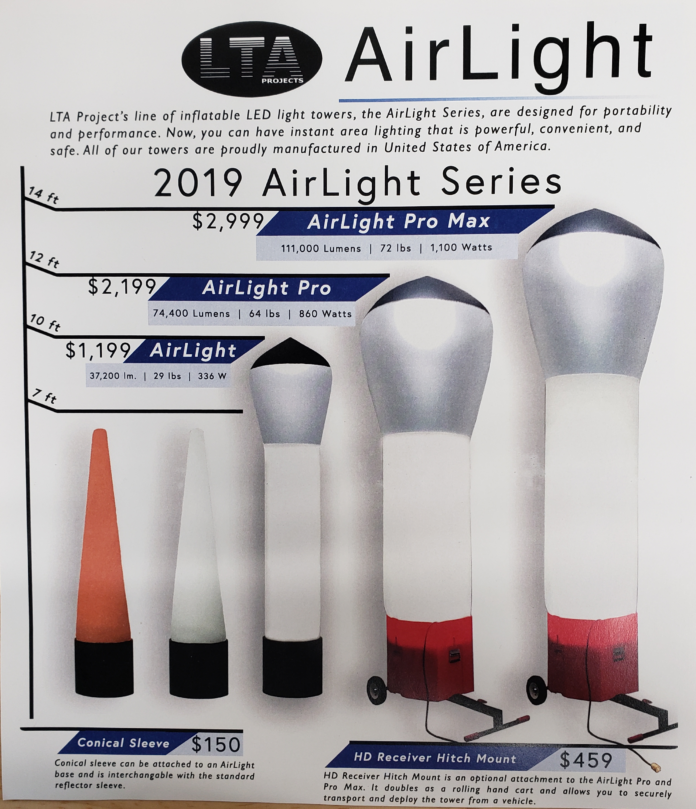
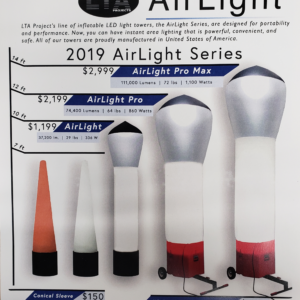 T
T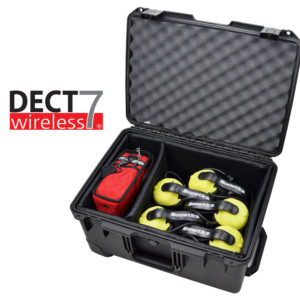 FASTER RESPONSE
FASTER RESPONSE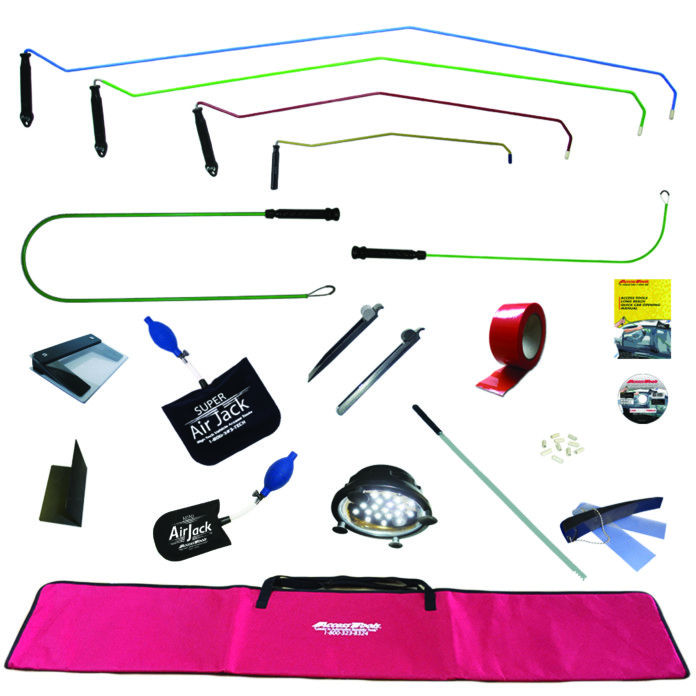
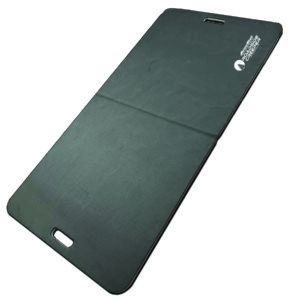 Roadside Creeper
Roadside Creeper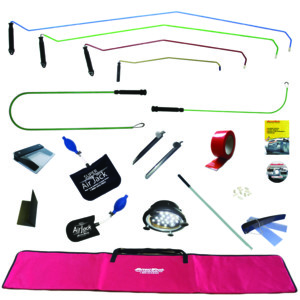 Ultimate Long Reach Kit
Ultimate Long Reach Kit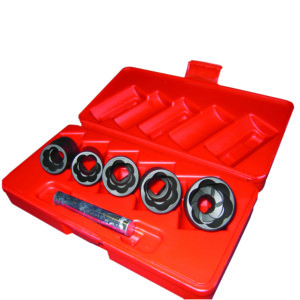
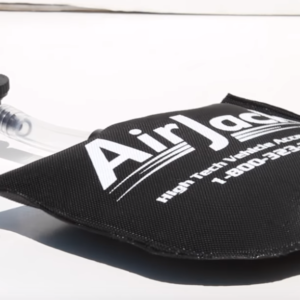 Air Jack Air Wedge
Air Jack Air Wedge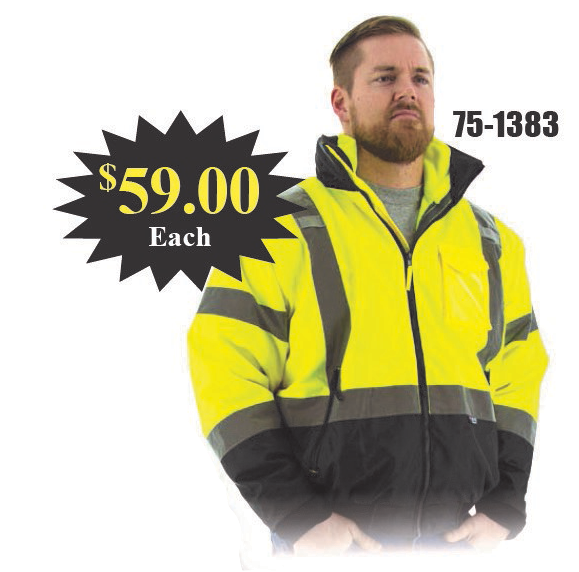
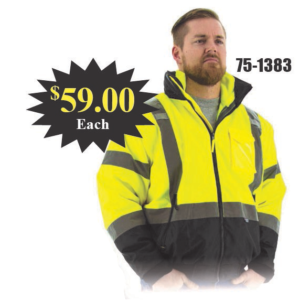 Class III WaterProof Bomber W/Class III Removable Liner
Class III WaterProof Bomber W/Class III Removable Liner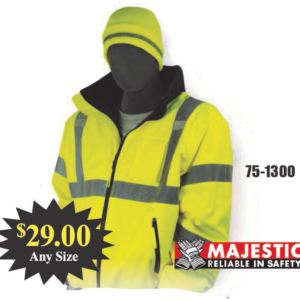 Class III WaterProof Bomber W/Class III Removable Liner
Class III WaterProof Bomber W/Class III Removable Liner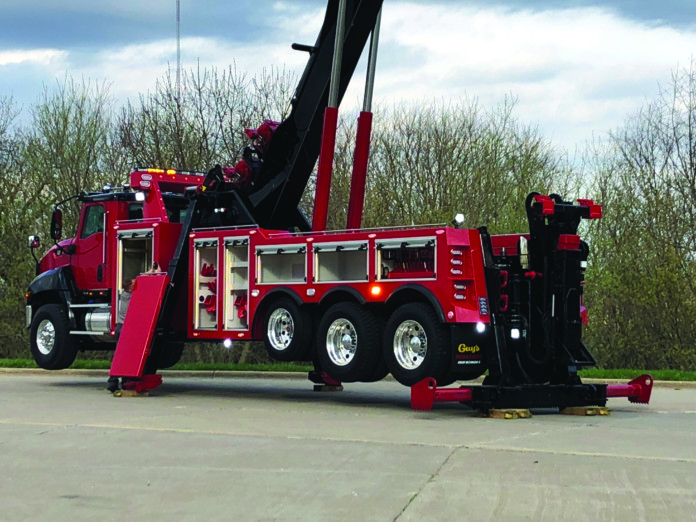
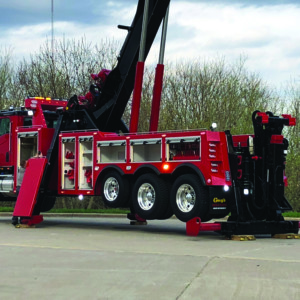 Th
Th